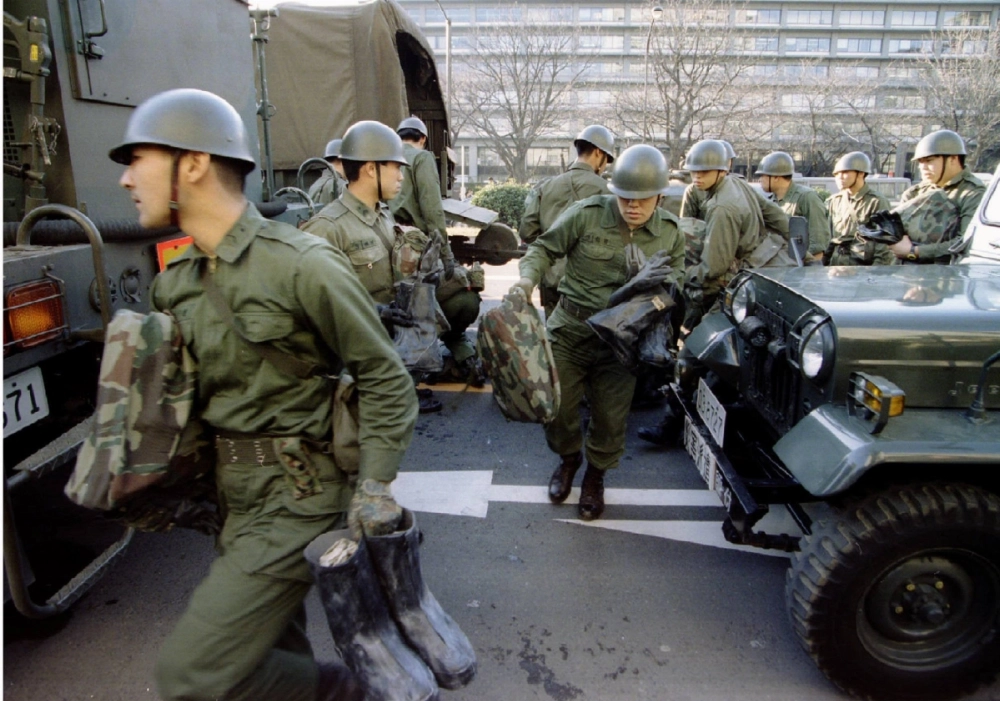A former National Police Agency executive regrets failing to raid Aum Shinrikyo bases before the doomsday cult mounted its sarin nerve gas attack in the Tokyo subway system 30 years ago.
"We didn't expect an attack," Takashi Kakimi, former head of the NPA's Criminal Affairs Bureau, said in an interview before the 30th anniversary on Thursday of the 1995 sarin attack. "We were completely behind."
Kakimi assumed the bureau's top post in September 1993. "At that time, we did not recognize the group as a dangerous organization," he said.
















With your current subscription plan you can comment on stories. However, before writing your first comment, please create a display name in the Profile section of your subscriber account page.